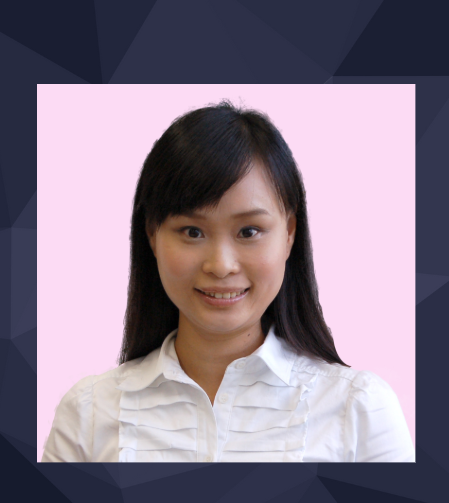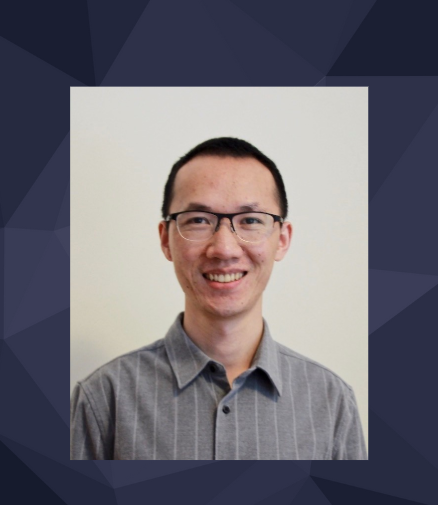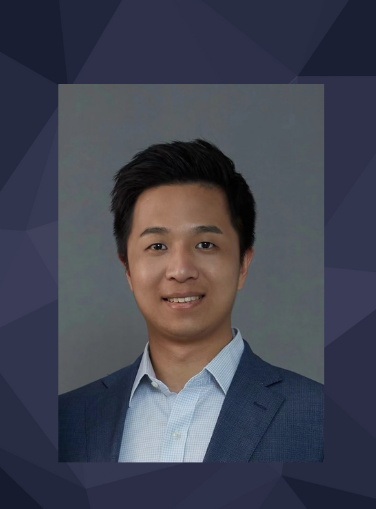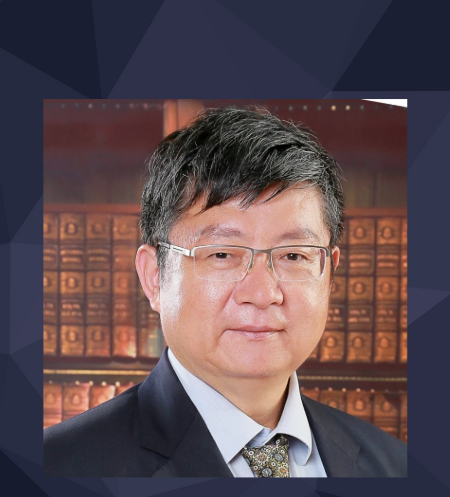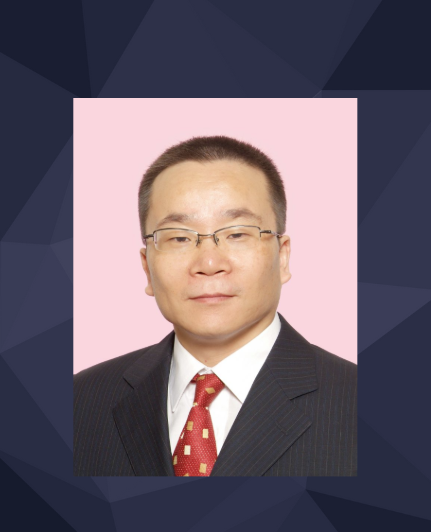TechTalk – Environmental Geomechanics: Towards a Minimised Chemical Footprint in Geo-energy Engineering
November 23 2023 (Thursday) 4:30-5:30pm
Cracking is ubiquitous in a geomaterial when it is subject to an environmental perturbation. Controlling environmentally assisted subcritical crack growth is the key enabler to a safe and active geo-energy adaptation to Climate Change, particularly in the domain of e.g., unconventional shale hydrocarbon recovery, Carbon Capture Utilisation and Storage (CCUS) and enhanced geothermal systems (EGS). The aim of these applications is commonly to achieve an enhanced permeability and injectivity in the formation by the stimulation of hydraulic fracturing. In order to maximize the effectiveness of the technique and meanwhile limit the extent of chemical footprint, a sophisticated understanding of the feedback between the mechanics of a geomaterial and the surrounding environment it is subject to is required. In this talk, modelling approaches on the effect of chemical environment on subcritical cracking in a stressed geomaterial at multiple scales and an extension to an alternative non-destructive shear stimulation will be presented.


